 Bran-colored Flycatcher (Myiophobus fasciatus)
Bran-colored Flycatcher (Myiophobus fasciatus)
 Bran-colored Flycatcher (Myiophobus fasciatus)
Bran-colored Flycatcher (Myiophobus fasciatus) |
 |
| Pictures (click on them to enlarge) | ||
|---|---|---|
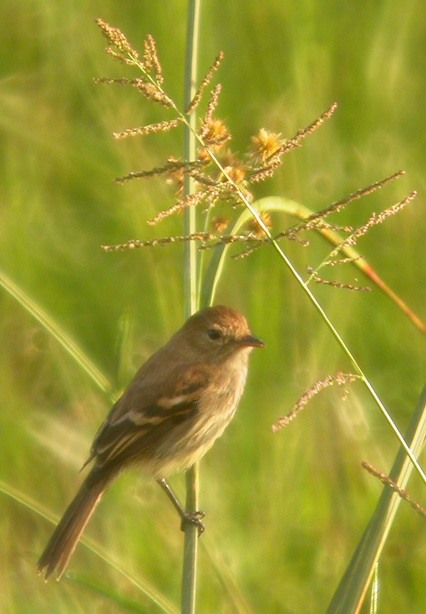 © Foek Chin Joe | 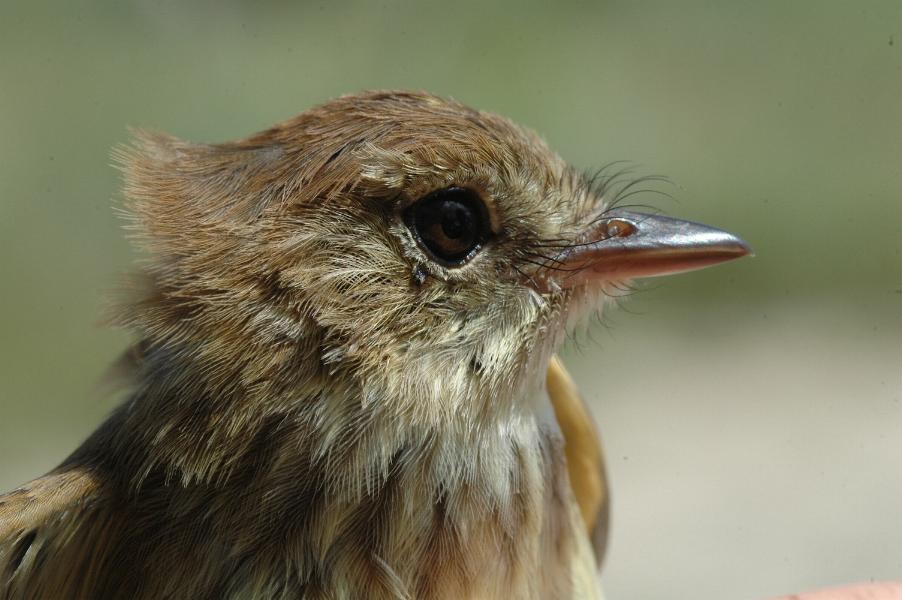 © John Mittermeier | 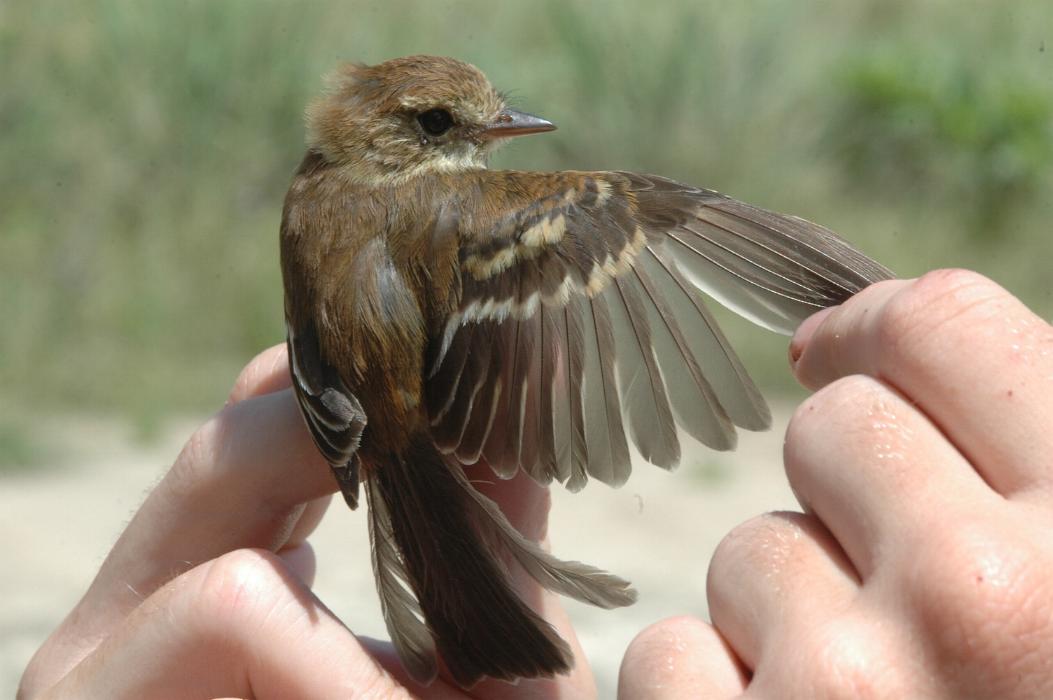 © John Mittermeier |
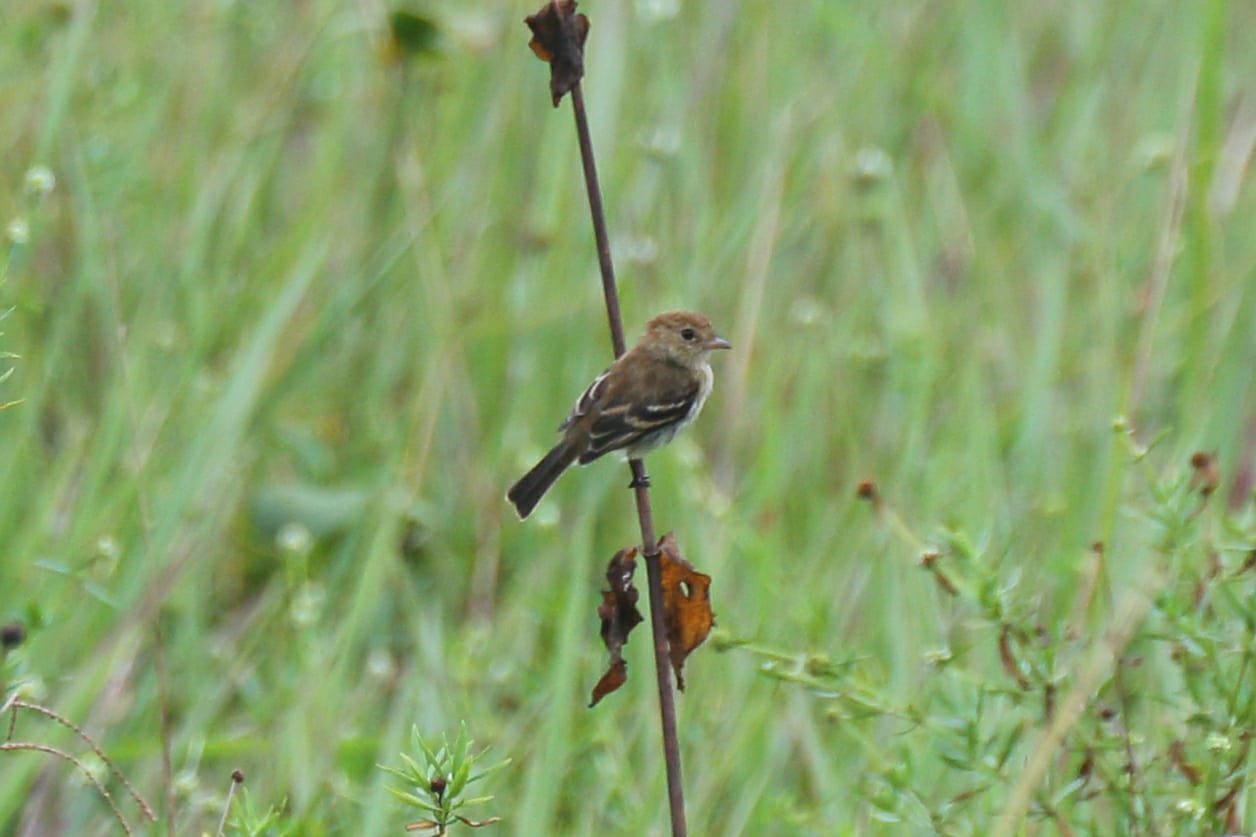 © Fred Pansa,, ecotours | 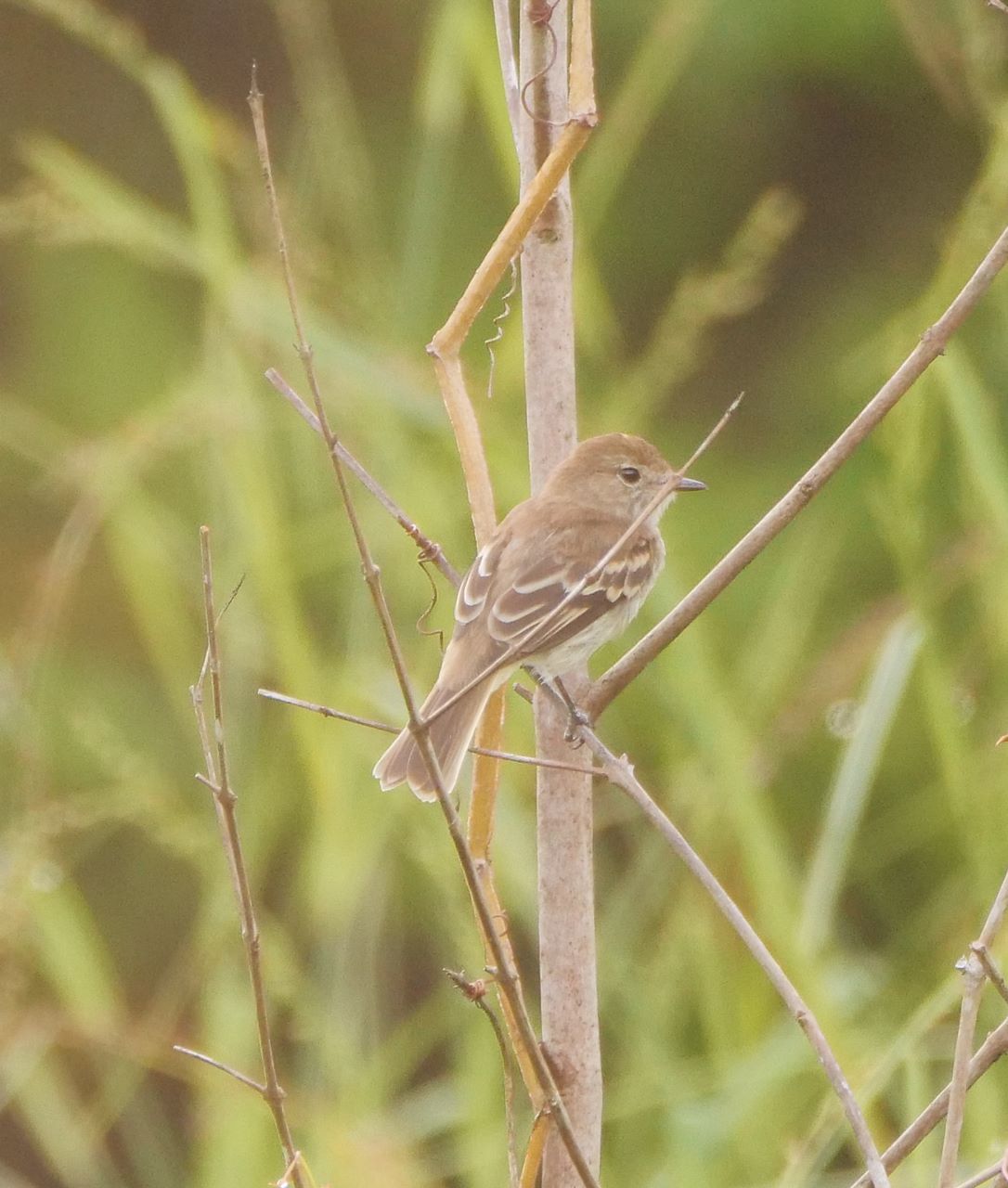 © Alexander Elias | 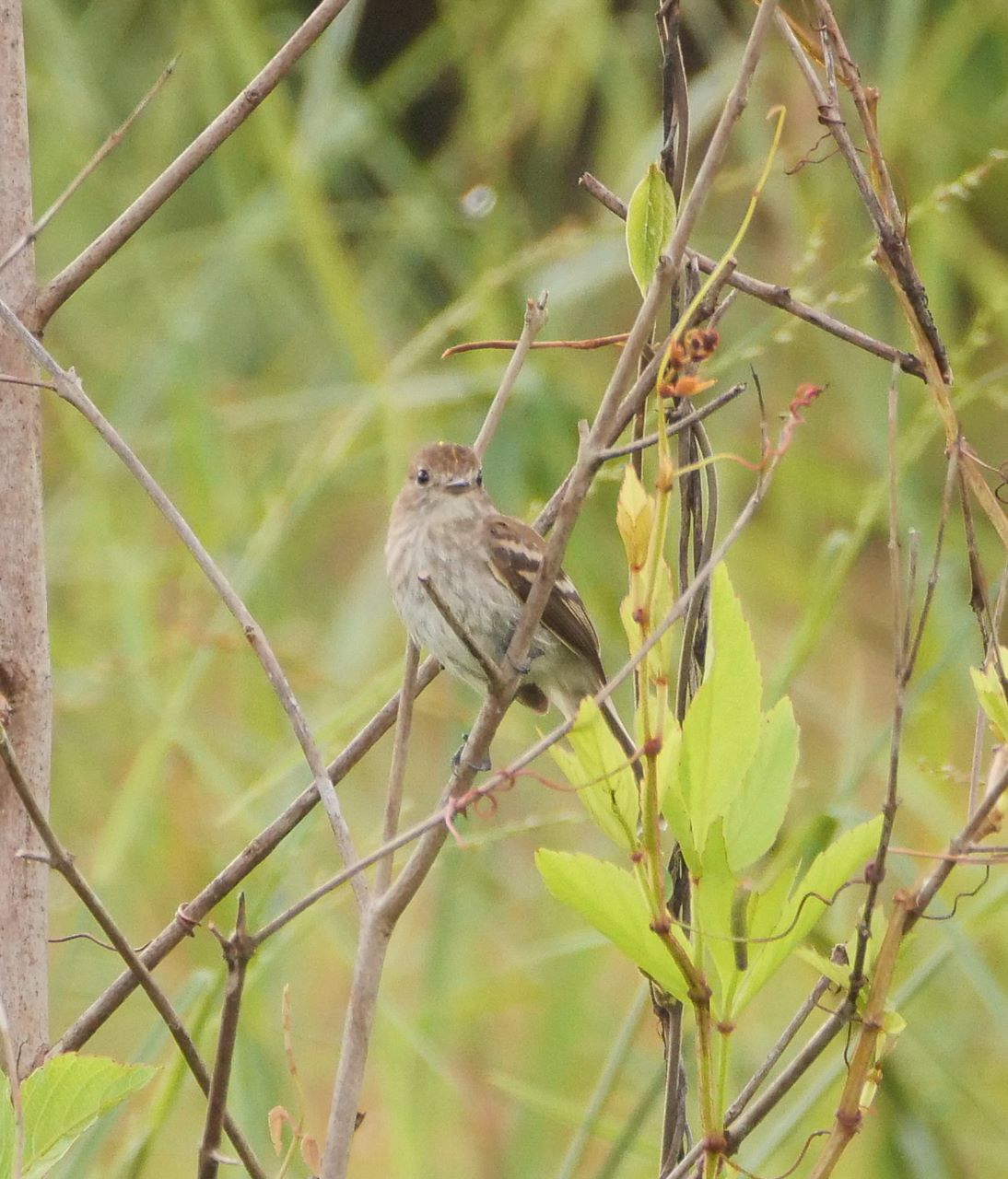 © Alexander Elias |
| Bran-colored Flycatcher: In Suriname it is mainly found on savannas. It has a light-yellow eyebrow and two very visible wingbars. The first photo was made by Foek Chin Joe at Baboenhol in the savanna area of Suriname in February 2008. Then follows a photo, made by John Mittermeier on the Sipaliwini savanna in Suriname in June 2007. And one by Fred Pansa. Dominiek Plouvier made a video of a Bran-colored Flycatcher. |
| Video (click the link or the 'play'-button to see) | ||
|---|---|---|
| Video recording of a Bran-colored Flycatcher © ; |
|
|
||||||||||||||||||||||||||||||||||||||||||||
| Observations through the year | Observations of breeding through the year |
|---|---|
| The 63 reported observations of this bird in Suriname, mainly for the last 50 years up to 2018, have been grouped by month. More birds on one day are counted as one observation. Of course, if the graph should depict the total number of birds seen, the differences between the months could be much more pronounced. | The 3 reported breeding observations of this bird in Suriname. Most observations are about nest with eggs, some about fledglings, or feeding at a nest or the building of a nest. Of the about 5000 nests and eggs found for all species together, about 1/3 comes from the egg collection of Penard between 1896 and 1905. For some reason most collecting then was done in the first half of each year, so the shown distribution does not necessarily reflect the actual breeding preferences. The main dry season in Suriname is reckoned to be from half August to the end of November, the main wet season from half April to half August, but the the timing of begin and end does vary from year to year. Around March a second dry season often occurs. |